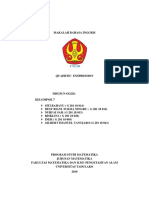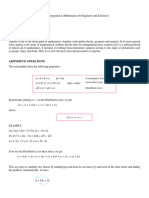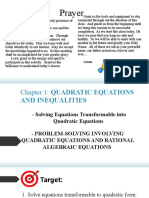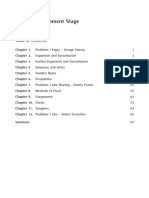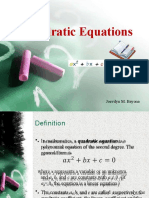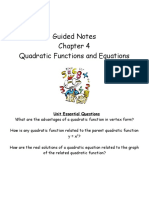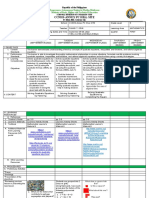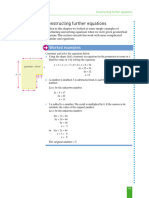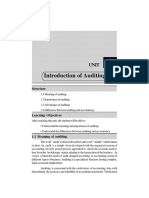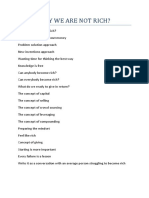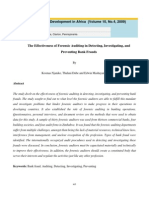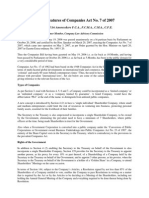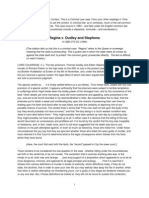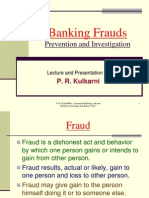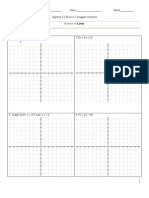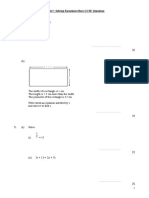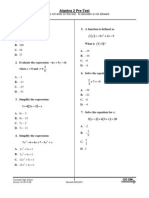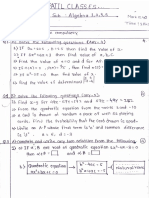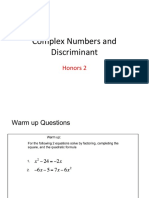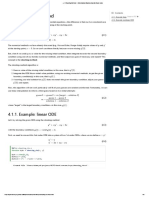0% found this document useful (0 votes)
56 views6 pagesAppendix C: Factoring Algebraic Expressions
The document discusses strategies for factoring algebraic expressions:
1) Looking for common factors in all terms or grouping like terms
2) Recognizing perfect squares or differences of squares
3) Factoring quadratic expressions by finding two numbers whose product and sum equal coefficients
Examples demonstrate each strategy, with the goal of factoring expressions to find solutions to equations or simplify analysis. Exercises provide additional practice factoring various algebraic expressions.
Uploaded by
Manjula Nadeeth De SilvaCopyright
© Attribution Non-Commercial (BY-NC)
We take content rights seriously. If you suspect this is your content, claim it here.
Available Formats
Download as PDF, TXT or read online on Scribd
0% found this document useful (0 votes)
56 views6 pagesAppendix C: Factoring Algebraic Expressions
The document discusses strategies for factoring algebraic expressions:
1) Looking for common factors in all terms or grouping like terms
2) Recognizing perfect squares or differences of squares
3) Factoring quadratic expressions by finding two numbers whose product and sum equal coefficients
Examples demonstrate each strategy, with the goal of factoring expressions to find solutions to equations or simplify analysis. Exercises provide additional practice factoring various algebraic expressions.
Uploaded by
Manjula Nadeeth De SilvaCopyright
© Attribution Non-Commercial (BY-NC)
We take content rights seriously. If you suspect this is your content, claim it here.
Available Formats
Download as PDF, TXT or read online on Scribd
/ 6
